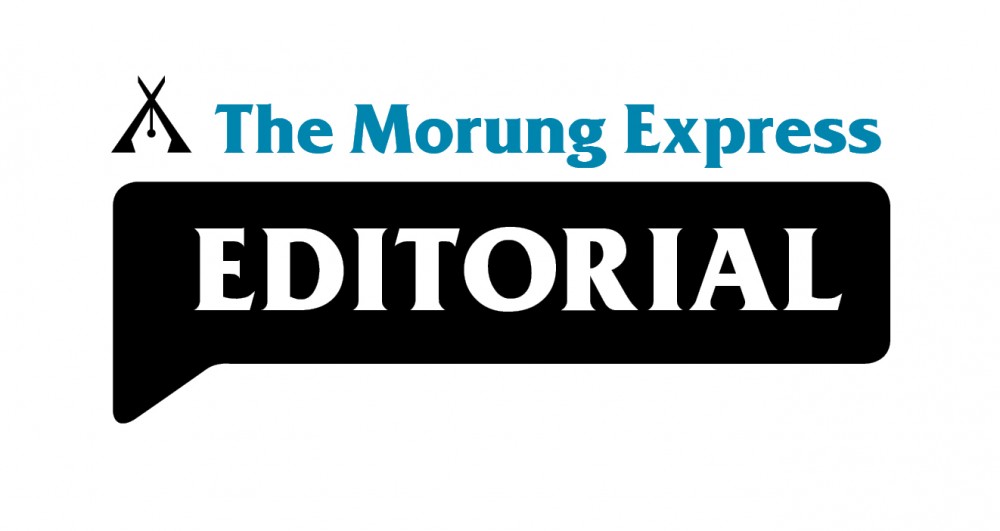
Veroli Zhimo
Today, women have undoubtedly made significant strides in overcoming systems and structures which have been rigged against them historically. This is evident in the number of women who are involved in sectors which were previously thought to be only for men.
In the context of Nagaland, a lot of rhetoric around issues like gender equality is heard these days, especially by men as well as women who wish to appear progressive and up-to-date with the present cultural and political climate. However, beyond lip service, not much is done to ensure to properly understand why, how, and where these inequalities stem from.
There is also a popular (mis)perception that there is gender equality in Naga society because Naga women are educated and in the forefront of many sectors; and they are respected and do not face discriminatory practices like female infanticide, sati, dowry systems, etc, like their ‘mainland’ counterparts. Many Naga women also believe that they are treated ‘equal’ to men despite stringent customary laws and practices which restrict their participation in larger social activities and decision making. This belief stems from generations of women being subjugated under customary laws that are ironically interpreted and defined by male members of the society.
It is agreed that overt suppression of women is significantly lower in the Naga society and Naga women are safer when compared to others. It is also agreed that Naga women are educated, enterprising, and hardworking members of the society who are free to pursue any careers they choose. But safety and access to opportunities alone cannot be translated as equality.
Gender equality, by definition, is “the state of equal ease of access to resources and opportunities regardless of gender, including economic participation and decision-making; and the state of valuing different behaviours, aspirations and needs equally, regardless of gender.”
According to the 2011 Census, Nagaland has a population of 19,78,502 of which 10,24,649 are male and 9,53,853 are female. Out of the total population, there are zero women in political as well as structural decision making bodies.
Nagaland as a state and Nagas as a people cannot talk about gender equality without taking into account that almost half of its population has been left out of from this crucial aspect of societal set-up and polity.
As past experiences have revealed, achieving gender equality is going to require asking hard questions and trying innovative approaches. Here is the good news: Although these beliefs can be rigid, they are not static. That is the challenge and the opportunity we face.
Comments can be sent to vzhimolimi@gmail.com






